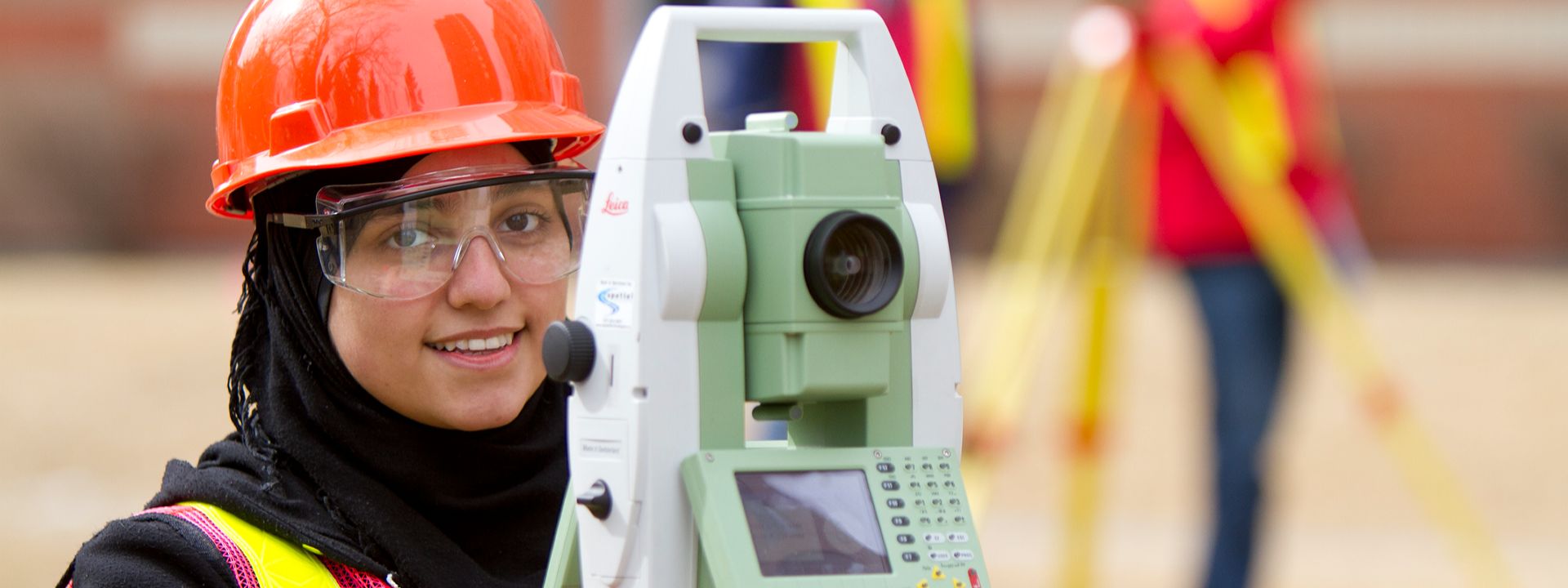More than just the fundamentals of carpentry, plumbing and pipefitting, programs within our School of Construction offer the training needed for an expanding pool of tech-forward jobs in the industry, from civil engineering technology to construction project management.
Industries across the board increasingly rely on technology, and the construction sector is no different.
Here at SAIT, you can lay the foundation for a successful career with industry-driven programs focused on essential skills, cross-disciplinary learning opportunities, and cutting-edge technology, including drones, laser-scanning and 3D printing.
Our programs
The nature of construction jobs is evolving, and so are our programs, ensuring graduates are qualified for what comes next.
Design and Project Management programsAdvising
Our advisors can support you with your studies, registration, meeting requirements, accessing SAIT resources, and more.
School directory
Meet our instructors and support staff, learn more about their experience and credentials, and find contact information.
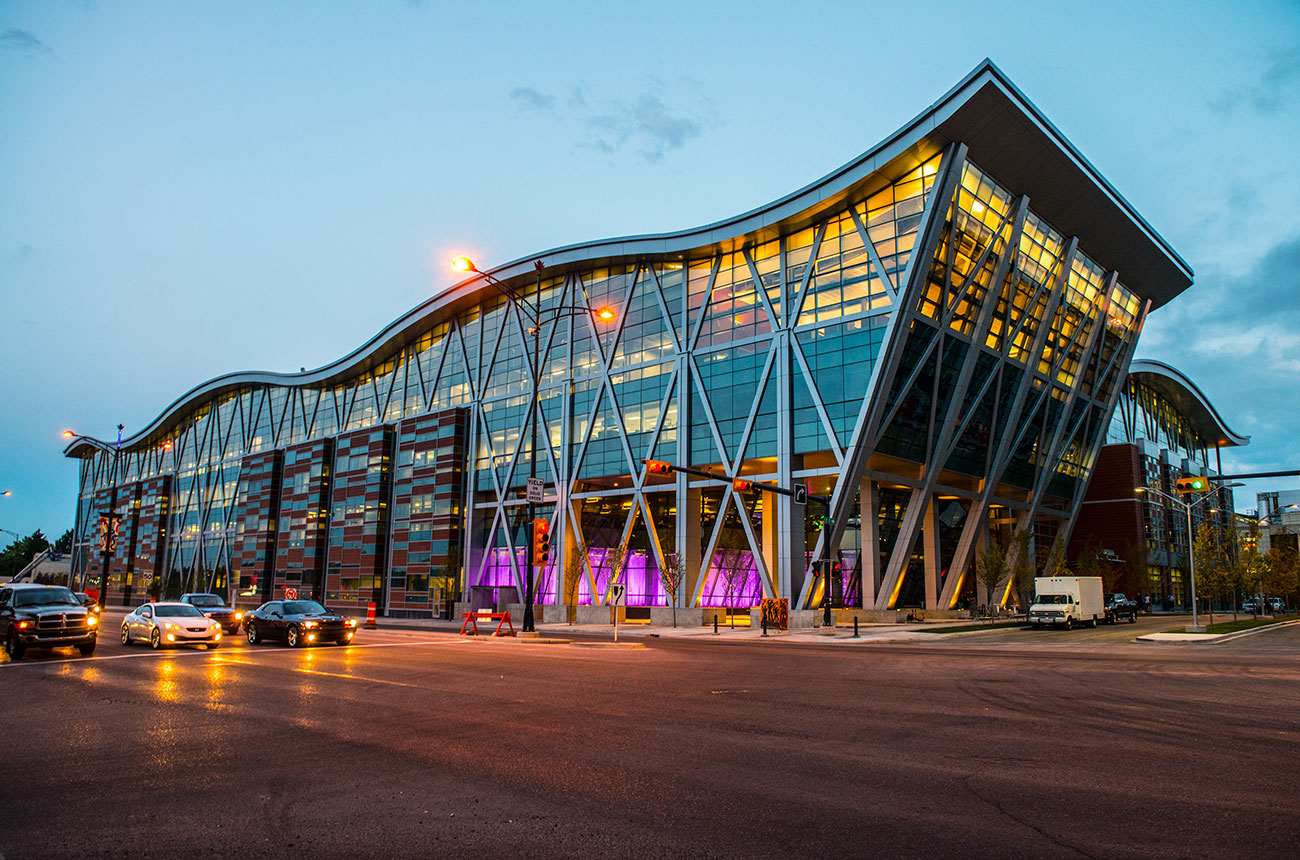
State-of-the-art facilities: Trades and Technology Complex
The 740,000-square-foot Trades and Technology Complex is the largest campus expansion in the nearly 100-year history of SAIT. It allows more students every year to further their passions for skill-based training, primarily in energy, construction, and manufacturing.
The School of Construction primarily resides in the Aldred Centre, the largest of the three buildings at 440,000 square feet. The building is named for John and Cheryl Aldred, generous donors who helped make the facility's construction possible.
The building features soaring ceilings, multi-purpose rooms that can expand and contract as needed, and a workspace supported by a crane. All of these elements tell the story of a hard-working building designed for action.
Upcoming events and information sessions
Construction #HereAtSAIT
The latest news about our students, alumni, staff, industry partners and more.
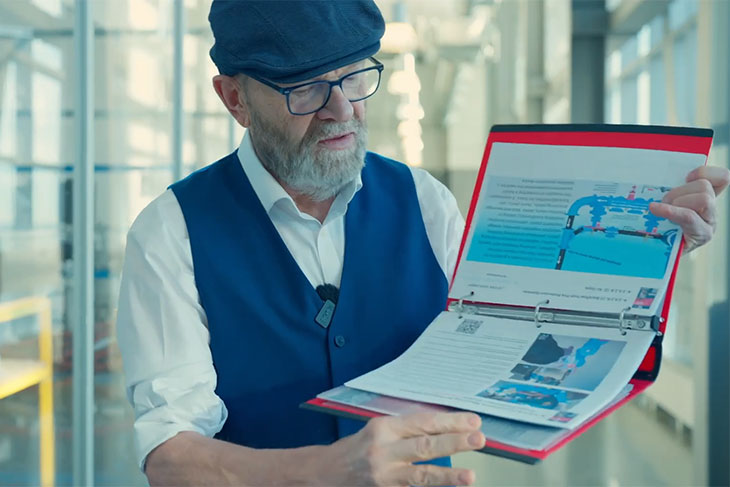
Cadmus Chair uses 3D to bring plumbing code to life
Instructor Fred Bretzke has created a 3D enhanced supplement to the 2020 National Plumbing Code appendix.
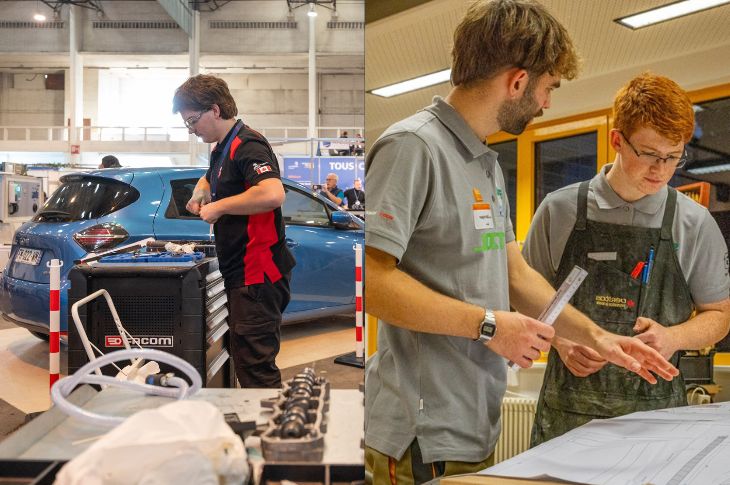
SAIT WorldSkills competitors go global to train for China
Skills competitions — aka, the Olympics of the trades — happen in 89 countries. Both Kokot and McGarry are slated to compete in the WorldSkills competition in September 2026 in Shanghai. They were invited to tackle national competitions in France and Germany as part of the global partnerships between the nations involved in Skills.
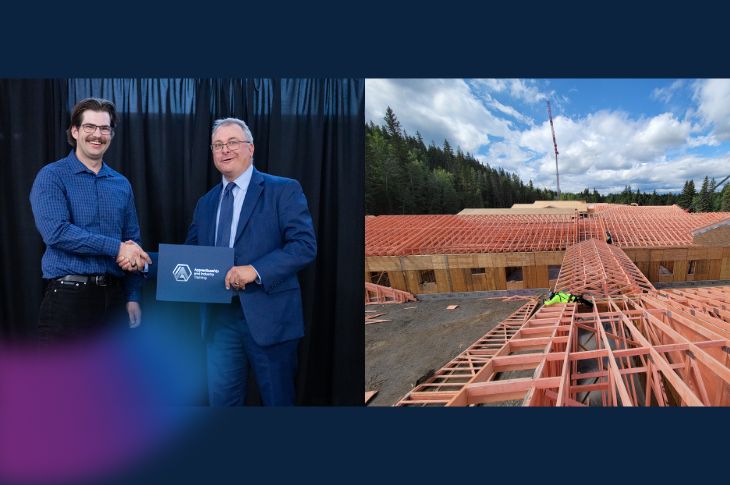
It started here at SAIT: award-winning alumni find successful careers in the trades
Plante and Leung are proof that SAIT apprenticeships open doors to meaningful careers, so the city’s infrastructure is looking and operating at its best. Both recently earned recognition as Alberta’s Top Apprentices — Plante in Refrigeration and Air Conditioning and Leung in Carpentry — joining 18 other SAIT alumni celebrated by the Government of Alberta’s Ministry of Apprenticeship and Industry Training this year.
Contact us
School of Construction
CB410, Aldred Centre, SAIT Main Campus
-
Phone - 403.284.8367
-
Phone - 403.210.4271 (fax)

Oki, Âba wathtech, Danit'ada, Tawnshi, Hello.
SAIT is located on the traditional territories of the Niitsitapi (Blackfoot) and the people of Treaty 7 which includes the Siksika, the Piikani, the Kainai, the Tsuut’ina and the Îyârhe Nakoda of Bearspaw, Chiniki and Goodstoney.
We are situated in an area the Blackfoot tribes traditionally called Moh’kinsstis, where the Bow River meets the Elbow River. We now call it the city of Calgary, which is also home to the Métis Nation of Alberta.
